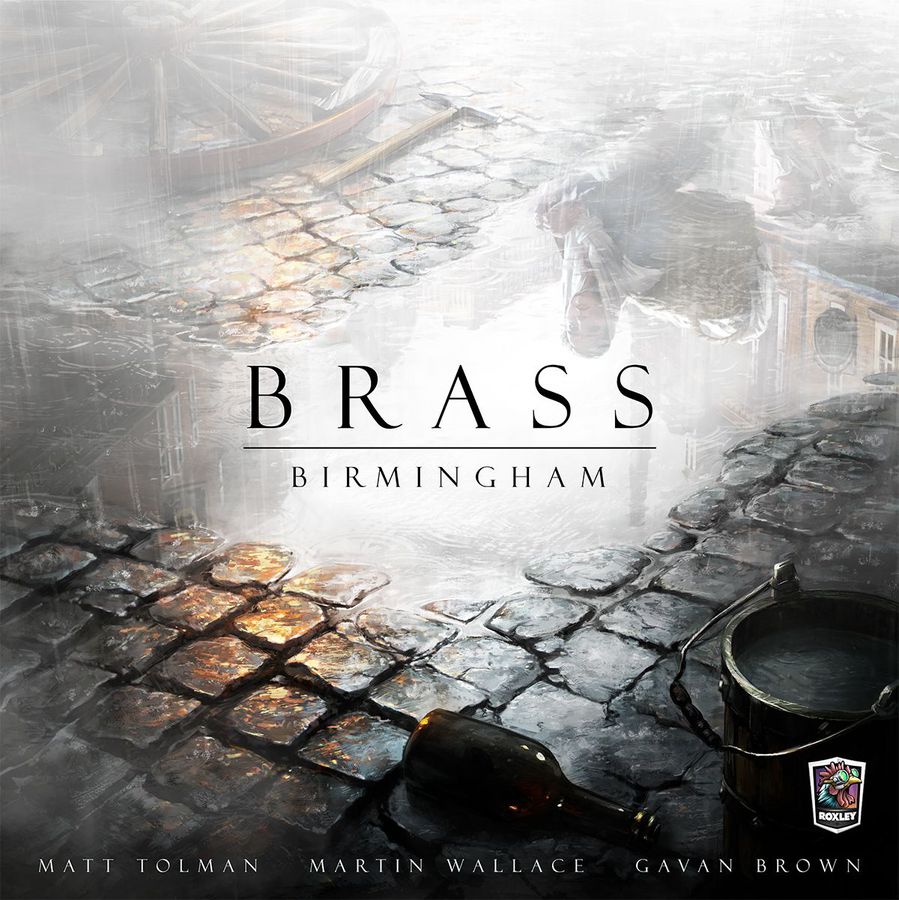

Any second level buildings (or higher) built in the first round stay in place. These then make way for railroads and…more buildings in the second part of the game. The board almost fully resets, as all first level buildings and canals are removed. The first and second halves of the game are literally two different 8 round (with two players) games. That being said, Brass: Birmingham has these brilliant moments. It is one of the most complex games we own in our gaming group, that is for certain. As a game, when we played, it was the end of a games day (so we do have to keep that in mind), but it felt more complex, like there were more nuances in the rules, than games like Trickerion, Twilight Imperium, or Tyrants of the Underdark. So, when we played this, yesterday (or yesterday at time of writing) I actually turned to the guy who owns the game and said “this reminds me of when you hear about secret handshakes – we’ve got to roll up our trouser leg, tap elbows, slap each other hands, chanted a poem, sing a song, and sacrifice a chicken to the dark lord Cthulhu…and then you can finally do what you want to do.”īrass: Birmingham is a phenomenally complex game, and there are a lot of rules. This can also make the game frustrating at parts, adding to the challenge. Where this is understandable, it is possible to have merchants who don’t sell anything, and this can cut off a segment of the board. Merchants around the edge of the board are randomised based on what they want. Those two stages form the backbone of the game. Experienced players may be able to tell there are at least two things wrong with this picture. The first place I built in the canal era. “ Brass: Birmingham can be played in 90 minutes with 4 players.” – No one ever. Having done some reading online, expecting a game to last 3 hours isn’t abnormal, and the timings on the box are a little bit laughable. In our game, both took around 1.5 hours, although we were beginners. What is more, it is two sided, and although practically identical it is nice to have the choice to play in night or day.īrass: Birmingham is split into two different stages – the canal era and the steam era. Although not to scale, something we kept finding funny as we tried to point out our location (we should be on the board!), the board is big and impressive.

The map depicts the Black Country during the 1700/1800s. It has a real table presence, and even those who were around us but who weren’t playing were encapsulated. From the moment the boards come out, to the beer tokens, to every single bit of cardboard – Brass: Birmingham is beautiful. Brass: Birmingham is, there is no other way to say it, simply stunning as a game.


 0 kommentar(er)
0 kommentar(er)
